Communication Quantum Style!
Researchers are working to make quantum messages that are undetectable.
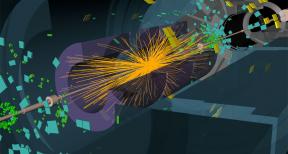
Communication Quantum Style!
Researchers are working to make quantum messages that are undetectable.

I personally can confirm that QC is not being worked on and advance by just a couple groups such as D-Wave and IBM. The questions/bumps in the road that we will all face is threefold:
1) how do we standardize the QC? right now (like most innovation) is done in siloes and limited cross-collaboration across government, labs & universities, and commercial companies. 2) governance and compliance; how will these need to change across multiple areas 3) id & mitigate all impacts instead of after deployment (don’t be reactive) because we will not have that luxury due to hackers.
There is a temptation to lump quantum computing in with technologies such as fusion power in the sense that both have been proposed for decades with the promise of tremendous leaps in performance.
Whilst fusion power continues to frustrate, there are signs of real progress being made in quantum computing. There is barely a tech giant in the world that doesn’t have dedicated teams working on the topic, and these teams are beginning to bring quantum computing out of the lab and into the real world.
At the forefront of this is IBM, who recently announced that they would connect up a quantum computer to the web and allow us to play with it. The project involves a 5 qubit machine, with a qubit allowing it to operate in both ‘0 and 1’ states at the same time, thus increasing its potential computational power enormously. A one qubit machine has roughly 16 possible states, but once you get over 300, you begin to exceed the number of atoms in the universe.

I know that I reported on this a few weeks ago; however, this article shares some additional insights on how this new method will enable more efficient smaller devices including promoting stabilization in Quantum Computing (QC)…
A multi-institutional team of researchers has discovered novel magnetic behavior on the surface of a specialized material that holds promise for smaller, more efficient devices and other advanced technology.
Researchers at the Department of Energy’s Oak Ridge National Laboratory, Massachusetts Institute of Technology and their collaborators used neutron scattering to reveal magnetic moments in hybrid topological insulator (TI) materials at room temperature, hundreds of degrees Fahrenheit warmer than the extreme sub-zero cold where the properties are expected to occur.
The discovery promises new opportunities for next-generation electronic and spintronic devices such as improved transistors and quantum computing technologies. Their research is discussed in a paper published in the journal Nature.
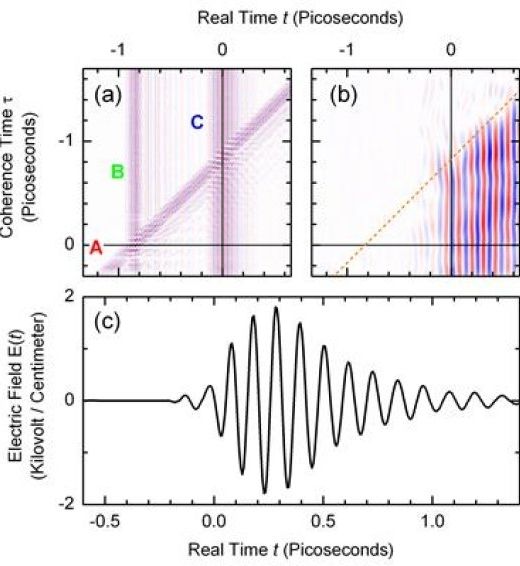
One of those freaky states of Quantum. Wild.
Two-quantum oscillations of atoms in a semiconductor crystal are excited by ultrashort terahertz pulses. The terahertz waves radiated from the moving atoms are analyzed by a novel time-resolving method and demonstrate the non-classical character of large-amplitude atomic motions.
The classical pendulum of a clock swings forth and back with a well-defined elongation and velocity at any instant in time. During this motion, the total energy is constant and depends on the initial elongation which can be chosen arbitrarily. Oscillators in the quantum world of atoms and molecules behave quite differently: their energy has discrete values corresponding to different quantum states. The location of the atom in a single quantum state of the oscillator is described by a time-independent wavefunction, meaning that there are no oscillations.
Oscillations in the quantum world require a superposition of different quantum states, a so-called coherence or wavepacket. The superposition of two quantum states, a one-phonon coherence, results in an atomic motion close to the classical pendulum. Much more interesting are two-phonon coherences, a genuinely non-classical excitation for which the atom is at two different positions simultaneously. Its velocity is nonclassical, meaning that the atom moves at the same time both to the right and to the left as shown in the movie. Such motions exist for very short times only as the well-defined superposition of quantum states decays by so-called decoherence within a few picoseconds (1 picosecond = 10-12 s). Two-phonon coherences are highly relevant in the new research area of quantum phononics where tailored atomic motions such as squeezed and/or entangled phonons are investigated.

Whatever the truth about claims that cloud-seeding was responsible for the floods in March, one thing is certain – during the downpours, thousands of people in the UAE were exposed to a bizarre quantum substance at the focus of intense scientific research.
Colourless and odourless, its behaviour is unlike that of any other known compound. While most shrink when they freeze, this stuff expands. It’s very hard to be heated up but once turned into liquid, it’s extremely resistant to pressure.
Exposure to it in any form can be fatal. Its liquid form is responsible for dozens of deaths each year in the UAE.
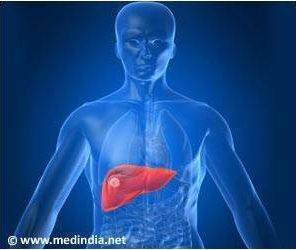
Finally, how Quantum Chemical Computations is changing our world today.
Awesome!
Hepatocellular carcinoma is one of the most common forms of cancer, and the primary cause has been attributed to liver fibrosis by chemical toxins, which is followed by liver cirrhosis.
Mechanism of hepatocellular toxicity decoded with quantum chemical computations.
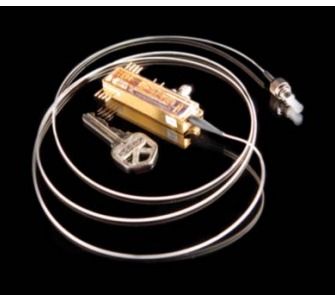
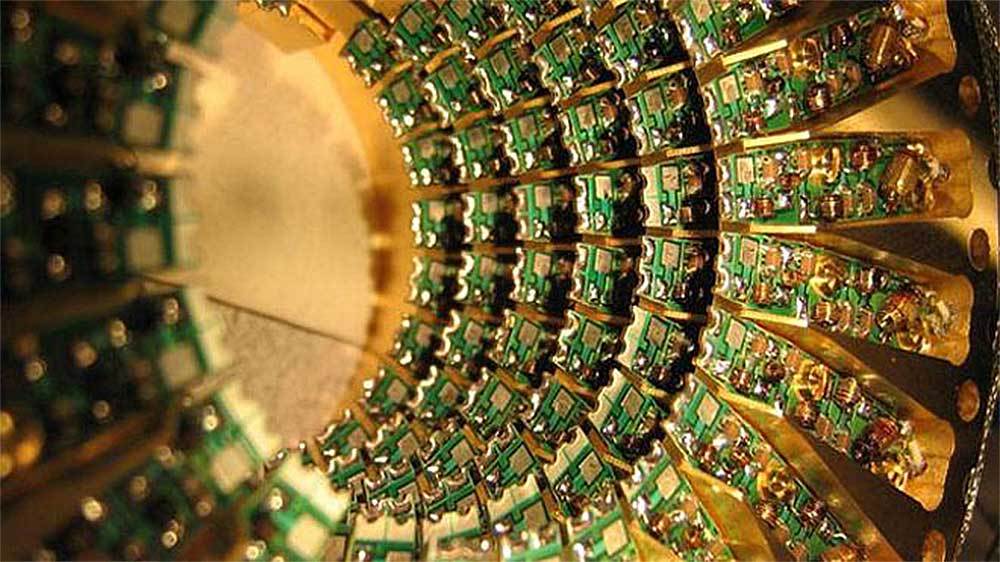
It seems that the D-Wave Computer does work, and the theory is that the hardware is 3,600 times faster than other supercomputers. It is the nearest we have to quantum computing, and there have been two tests leading to the announcement that it was far more quickly than simulated annealing which is a copy of quantum computation carried out on a standard computer chip.

Eventually it will be in everything tech. This version by IBM; is not for the masses. However, don’t worry; it’s coming.
Users will eventually be able to contribute and review results in the coming community, which will be hosted on the IBM Quantum Experience. So kudos to IBM for properly managing expectations.
The researchers at IBM have created a quantum processor, made up of five superconducting quantum bits (qubits).
The company said anyone can run experiments on the computing platform by accessing its website connected to the IBM Cloud. Arvind Krishna, senior vice president and director, IBM Research, noted that quantum computers would be very different from even today’s top supercomputers in looks, structure, and capabilities. A universal quantum computer, once built, has the potential to solve problems that are not solvable with today’s classical computers, IBM said. It can also allow for analysis of much larger quantities of data than can be done by today’s supercomputers.

So, I did get my acceptance to the IBM Quantum experience this morning. ANd, as part of their disclaimer they did state it was only a preview version which was good; and noted that there maybe bugs/ glitches and to notate them. So kudos to IBM for properly managing expectations.
IBM’s Zurich Laboratory has made its five-bit quantum computer available to researchers through a cloud service.
The researchers at IBM have created a quantum processor, made up of five superconducting quantum bits (qubits).
IBM said users will be able to access the technology with a desktop or mobile device through a cloud-enabled quantum computing platform.